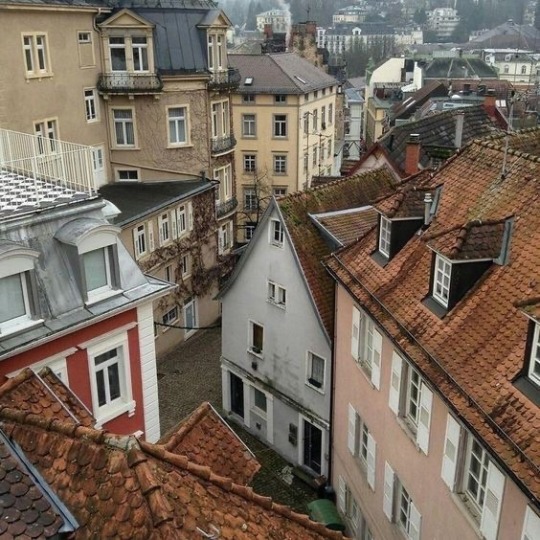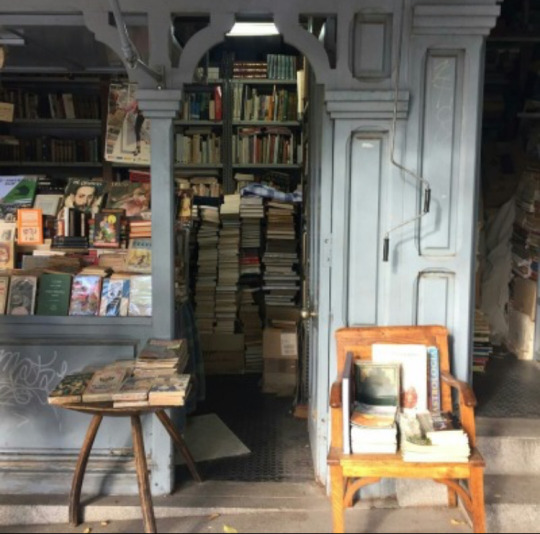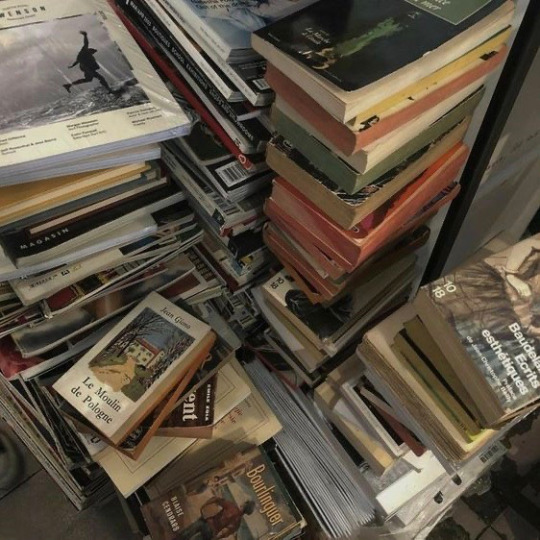Text
Blog Post #8: Carmen Maria Machado
Carmen Maria Machado may be the most inspiring author I’ve read this year. Her two works published by Graywolf Press, Her Body and Other Parties and In the Dream House, have altered any literary convention I once looked up to. Her experimental style integrates a narrator’s inner world with the subjective realities of their external worlds, bringing the reader into the process of navigating how these two spheres collide.
In the Dream House reveals the lack of representation for queer domestic violence and how societal perceptions of abuse are shaped by gender roles. Machado delves into her personal traumas in her memoir when she was living with a partner that verbally abused her and made her concept of safety a fantasy. The secret keeping of abuse and the gradual mental breakdown that occurs crumbles the home they share and Machado’s sense of reality. Machado manages to bend time and space to convey how memory tampers with trauma and our sense of selves. She also integrates these themes throughout her short story collection, Her Body and Other Parties.
My favorite piece of Machado’s work is her short story “the Green Ribbon.” I remember being deeply affected by this story when I was a child before I was old enough to truly understand its deeper meaning. It follows a young married woman with a green ribbon tied around her neck all her life and the only thing she keeps from her husband is why. He tolerates this boundary their whole life until she finally concedes on her death bed to allow him to remove the ribbon, and to his surprise, her head. Machado reconstructed this story that has always stuck with me by interweaving the harsh realities of a woman’s sexuality and how finite a woman’s choices are, even modernly. I was amazed when it was the first thing that I read by Machado and that the first short story in the collection played off this folklore. Machado retitled “the Husband’s Stitch.”
Beyond this story, Her Body and Other Parties interweaves sci-fi narratives with mesmerizing protagonists in worlds not too far off from our own. The stories have pandemic-like concepts with women slowly fading away, a medical procedure that alters women’s bodies leaving behind a ghostly presence, and a narrator who can hear the thoughts of pornography actors. Each are detached from reality in their own unique way, yet the magical elements and experimental themes reinvent a new kind of reality that belongs to each protagonist.
All of Machado’s work is rooted in psychological suspense and dreamy horror that somehow relates back to feminist realities in both her fiction and non-fiction. She has become my favorite writer from this year because of her abilities to blend genres and craft plots that are relatable even in the strangest of horrific realms. I’ve wrote a lot about Carmen Machado this semester already and I’ve told just about all of my friends to read her. Regardless of if you can’t relate to the queer content, her poetic prose builds worlds that draw you in even if you’re not entirely sure where you are.
0 notes
Text

'Her Body And Other Parties:' Be Your Own Madwoman, Annalisa Quinn
270 notes
·
View notes
Text
Blog Post #7: Madeline Miller
Madeline Miller has become one of my favorite contemporary authors since I opened the first page of Circe. Published in 2018, it received the Orange Prize for fiction and instantly became a best seller. While I was reading Circe, I knew it would become one of my favorite books, which is one of my favorite feelings. Circe follows the Odyssey’s forgotten goddess’ journey of self-discovery and sorcery as she takes center stage in her own feminist retelling of an ancient epic. While traditionally the ancient character has been deemed a villain in many Homeric stories, Miller decided to retell her origin story. It is what introduced me to liking historical fiction and enlightened me to the existence of the category of mythological fiction. Somehow, Miller finds a way to add a sparkling twist to old narratives by blowing off the dust of ancient subjects.
In Circe, the goddess moves from the sidelines of The Odyssey to the center stage of her own story. While Miller doesn’t completely change her historic narrative, she gives humanity to her negative reputation in mythology. For example, Circe turns men into pigs, as she does in Homer’s telling, but in Miller’s book she gives us the context behind this piece of magic. She incorporates the realities of sexual assault and the ingrained sexism that is akin to any story of a powerful women. By giving Circe her own epic, not defined by a man, her origin story is brought to the forefront with her side of the story.
I read her first book, Song of Achilles, after I became obsessed with Circe and was equally blown away. It became a national best-seller and vital piece of contemporary queer fiction, especially through Book Tok during the pandemic. It took Miller five years to write it and her level of detail completely conveys it. I was forced to read and write in-class essays on The Iliad for a classical literature course I took the semester before I read Song of Achilles, so I was pleasantly surprised that I remembered many of the character’s names and their stories.
The story follows the infamous characters, Achilles and Patroclus, in a reimagined story of their secret love affair. In The Iliad, their relationship was severely marginalized as platonic, however, there have always been rumors of a greater intimacy. One of my favorite facets of their story is that the reader gets to see Achilles as a child into how he becomes the vicious warrior he is stigmatized as throughout mythology. Patroclus remains true to his character origins as well in the way that he is wise, calm, and unintimidating. Yet behind the scenes he carries more power than others realize because of his relationship with Achilles. Interestingly enough, Achilles doesn’t care about the other warriors knowing he is gay and holds some entitlement to being his true self because of his unmatched talents. The love between Achilles and Patroclus is incredibly heartbreaking as it is heartwarming. I wish I could read it again for the first time.
The beautiful imagery imbedded in all of Madeline Miller’s writing is what would make me excited to read even her grocery list. She would probably make historic parallels between various food groups that I wouldn’t understand but somehow, she would make fascinating. I can’t wait to see what Miller does next and how she will continue to add her own spin to ancient retellings.
0 notes
Photo
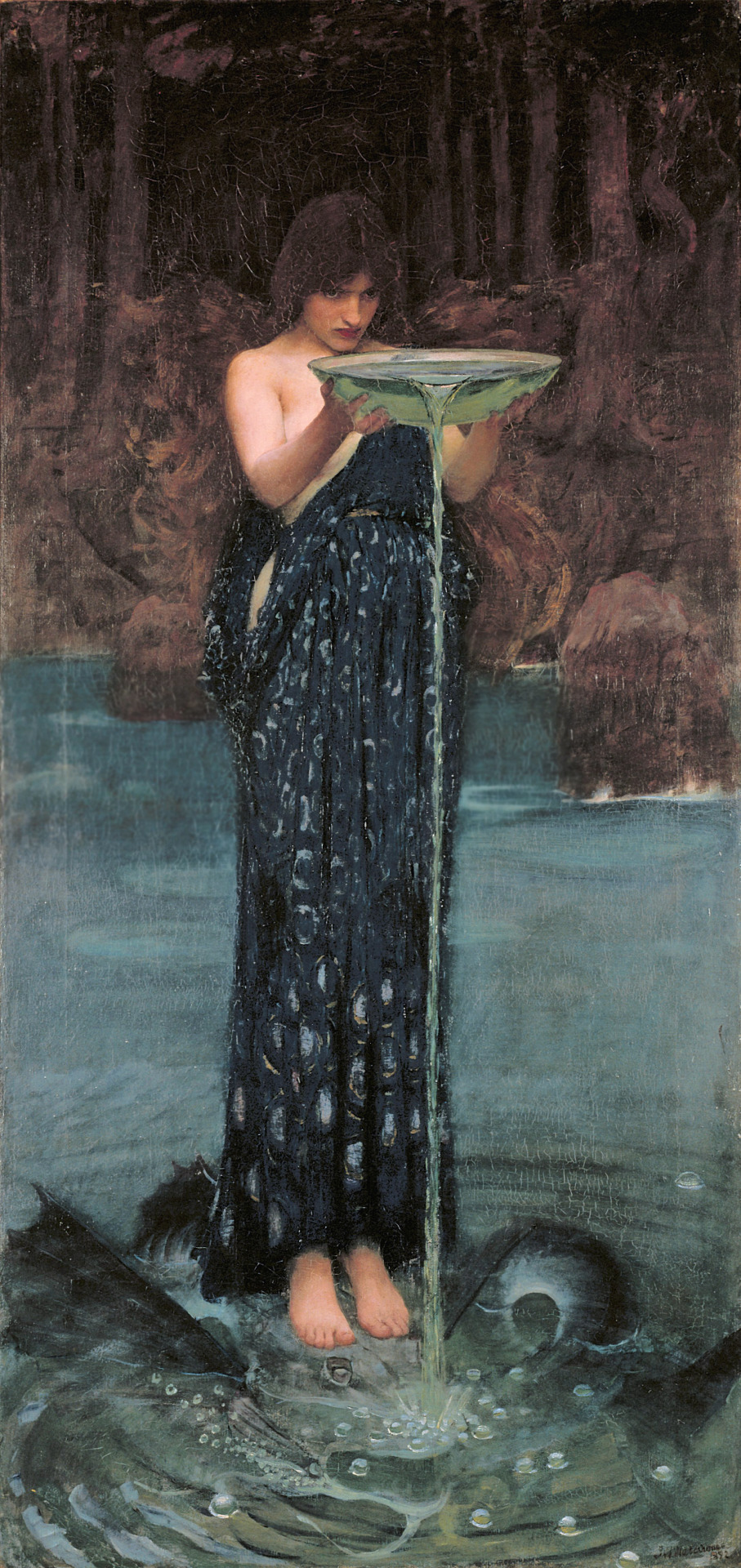





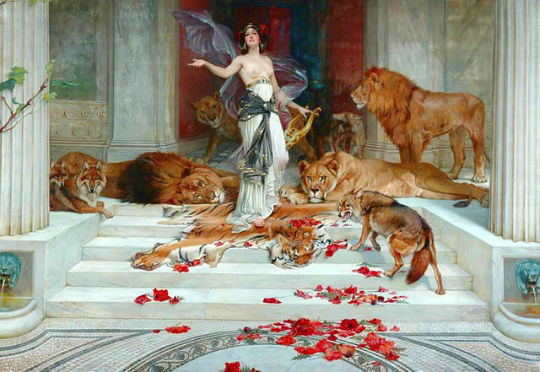
Circe Invidiosa by John William Waterhouse // Circe by Beatrice Offor // Circe Offering the Cup to Odysseus by John William Waterhouse // Circe and the Companions of Ulysses by Briton Riviere // Circe by Jean Jules // The Circe by Katia Varvaki // Circe by Wright Barker
13K notes
·
View notes
Text
Part 6: Franz Kafka
When I was studying abroad, I visited the Kafka Museum in Prague where upon entry the viewer is confronted with a fountain with two statues of naked men facing each other and urinating. While I’m unsure of the exact reasoning behind the installation, the nonsensicalness echoes Kafka’s experimental reputation as a writer. While I was traveling, I was also taking a class on the elusive author of The Metamorphosis. We read his short stories and novels such as The Trial and The Castle, which were a trial itself to get through if I’m being honest. After taking the class, I discovered that Franz Kafka’s short stories and parables don’t get enough attention.
At the start of The Metamorphosis, there is an epigraph called “Before the Law.” It foreshadows the themes hopelessness and bureaucracy that is central to the work and Kafka himself. In the parable, a lost man from the country travels to see “the law” until he approaches an open doorway. He wants to go through, however, the gatekeeper explains that no one is allowed entry. He repeatedly asks to enter only to be met with dismissive replies. The country man attempts to bribe the gatekeeper with all his belongings, which the gatekeeper takes but continues to refuse him. The man waits outside the doorway until he is an old man on his last dying death. Right before he sinks into the afterlife, he asks the gatekeeper why he has never seen another person come to the doorway to seek the law as he has. The gatekeeper replies "No one else could ever be admitted here since this gate was made only for you. I am now going to shut it." The story symbolizes the invisibility and inaccessibility of bureaucracy, and of power itself.
There is a universal sense of surrealism and confusion imbedded into each of Kafka’s works. The pretentious qualifier that makes something “kafka-esque” are dark themes of unfulfillment, the intangibly of bureaucracy and strange happenings that go unexplained. While his protagonists are somewhat empty and bland, it allows for his plots to reflect the strange society and systems to the reader. With mysteriously bland protagonists in bizarre settings, there is an outsider quality tethered to each of Kafka’s works that reveal who he was as a person. As an author, Kafka took experimental risks to defy society’s traditional systems of order. However, in his personal life he was nowhere near as bold.
At the Kafka Museum, a series of his private letters to friends, family, and his excessive number of fiancées were put on display. Even though he was engaged four times, Kafka was never married. After going down was a dark stairway illuminated only by red ominous lighting, the basement of the museum hung his intimate writings in a black room with pictures of his loved ones and literary creations. One of the central and heartbreaking figures to Kafka was the strained relationship he had with his judgmental father. In particular, the uncompassionate father figure in The Metamorphosis mirrors this relationship. Included in these displays at museum was one of his most famous writings titled “Letter to His Father”. Reading over one hundred pages long, Kafka wrote this to his authoritative father to confront him about being a disappointment of a son to him and their ruined their relationship. As painful as the letter reads, his father served as a consistent character throughout most of his fiction and the letter allowed readers to truly know the interworking of Kafka.
After the Kafka Museum I visited his home in Prague. The front door was barely large enough to walk through. Referred to as the Golden Lane, the strip of tiny homes is ironically painted with bright colors of yellow, red, and blue. I took with my frame hunched over in one of the doorways, to convey its smallness and inaccessibility to pass through.
I wrote a short story expanding on Kafka’s parable “Before the Law,” about what it would be like to pass through the threshold and the possibilities of what could lay beyond it. It remains one of my favorite parables because of its mystery and elusiveness. He continues to be a source of inspiration to me because of how different he is from most of the other writers I idolize. I admire how directly the writing of Kafka encapsulates the oppressive systems of bureaucracy and the lack of identity that results in being just another cog in the machine.
0 notes
Text
Dear Milena,
I wish the world were ending tomorrow. Then I could take the next train, arrive at your doorstep in Vienna, and say: “Come with me, Milena. We are going to love each other without scruples or fear or restraint. Because the world is ending tomorrow.” Perhaps we don’t love unreasonably because we think we have time, or have to reckon with time. But what if we don't have time? Or what if time, as we know it, is irrelevant? Ah, if only the world were ending tomorrow. We could help each other very much.
― Franz Kafka
21K notes
·
View notes
Quote
You are the knife I turn inside myself; that is love. That, my dear, is love.
Franz Kafka, Letters to Milena (via slobbering)
1K notes
·
View notes
Photo

The Complete Stories
By Flannery O’Connor.
Cover art by June Glasson.
4 notes
·
View notes
Quote
This is precisely the time when artists go to work. There is no time for despair. There is no place for self-pity, no need for silence, no room for fear. We speak, we write, we do language, that is how civilizations heal.
Toni Morrison
(via quotecollector14)
11 notes
·
View notes
Quote
Me and you, we got more yesterday than anybody. We need some kind of tomorrow.
Toni Morrison (via quotemadness)
584 notes
·
View notes








